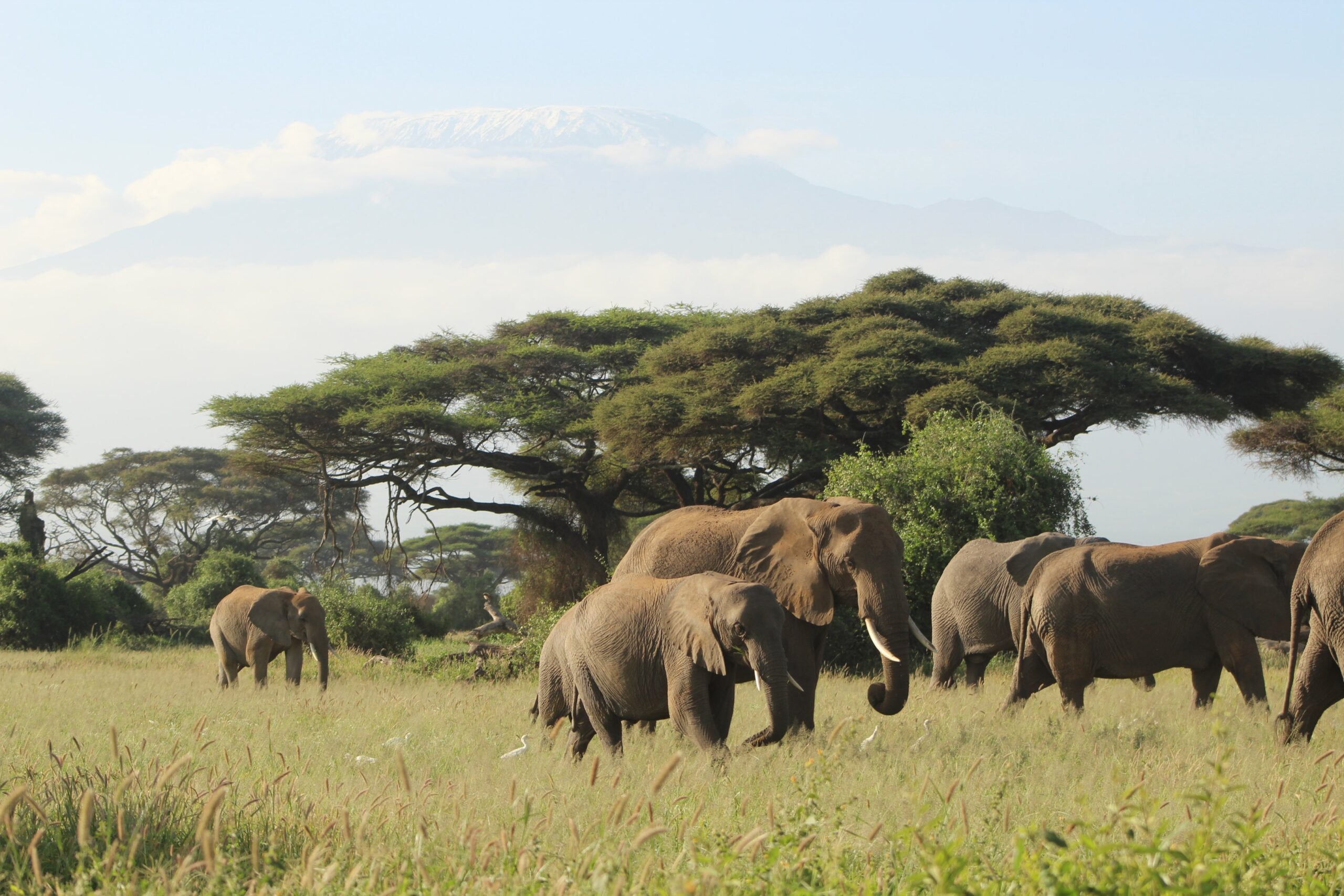01
The Oasis of Naivasha Area
Away from the scorching Naivasha town sun, North West of Lake Naivasha lies the Ol Doinyo Nature Walk. It is at the base of the Rift Valley, surrounded by Soysambu Conservancy to the North, Lake Naivasha to the South West and the Mau to the West. The thick forest with hilly features is the norm for this hike, passing through steep escarpments, indigenous trees, blossoming vegetation and various birds. Eburru forest provides the much need cool ambience and ecosystem, offering rich biodiversity. Hikers with a soft spot for indigenous animals (birds and mammals) and a touch of undisturbed vegetation will enjoy the Ol Doinyo Eburru Forest Hike.
02
The Home of the Mountain Bongo
The hike starts at the Eburru forest gate East of the forest and proceeds into a fulfilling 11 kilometres of pure nature. Indigenous forest trees estimated to be over 100 years welcome you into the hike as you go deeper into the hilly escarpment. You meet different types of birds, beehives from the local inhabitants and some wild vegetation. As you proceed deeper into the forest, the area has a rich biodiversity: springs, waterfalls, over 40 species of mammals, and the endangered mountain bongo. Statistics show that the Eburru forest is home to about 10% of the total mountain bongo population in the world. At the heart of the trek is the Ol Doinyo Eburru mountain, a complex Rift Valley volcano mountain where the forest lies. It has 2 summits, with the highest rising 2,856 metres above sea level. Reaching the top of this mountain is a bitter-sweet affair, with tiredness and natural beauty on either side. The first 5 kilometres into the hike are easy as you go through a fairly easy-to-trek terrain. As you begin climbing the mountain into the forest, it takes out even the experienced hikers as the steeps become harder to manage. On average, the hike is somewhere between moderate to hard. Despite the extreme nature, anybody above 7 years can try out the Ol Doinyo Eburru Forest Hike. You need at least 6 hours to go up the mountain and return to the starting point, covering 22 kilometres.
The Weather
Geographically, the whole region lies in the Great Rift Valley, an area known for extreme weather conditions. The forest has chilly weather, despite the hot air in the vicinity. Despite the pleasant weather, consider carrying warm clothing as the weather might turn cold as you go up. However, on a good sunny day, you can wear light.
What to Carry Along
- Foot ware – good hiking boots to scale the rocky terrain, steep climbs and wet ground. Gumboots could do, although not as much as hiking boots.
- Clothes – dress light; breathable hiking pants and a polyester t-shirt. However, carry something warm for the night, and if possible, another pair of clothes.
- Hiking supplies – get enough water, at least 2 litres in a refillable bottle. Snacks, sunscreen, sunglasses and a torch.
- Fitness – the Kimakia trail is easy, apart from the steep ascends along the river. A light warm-up before the hike is sufficient.

